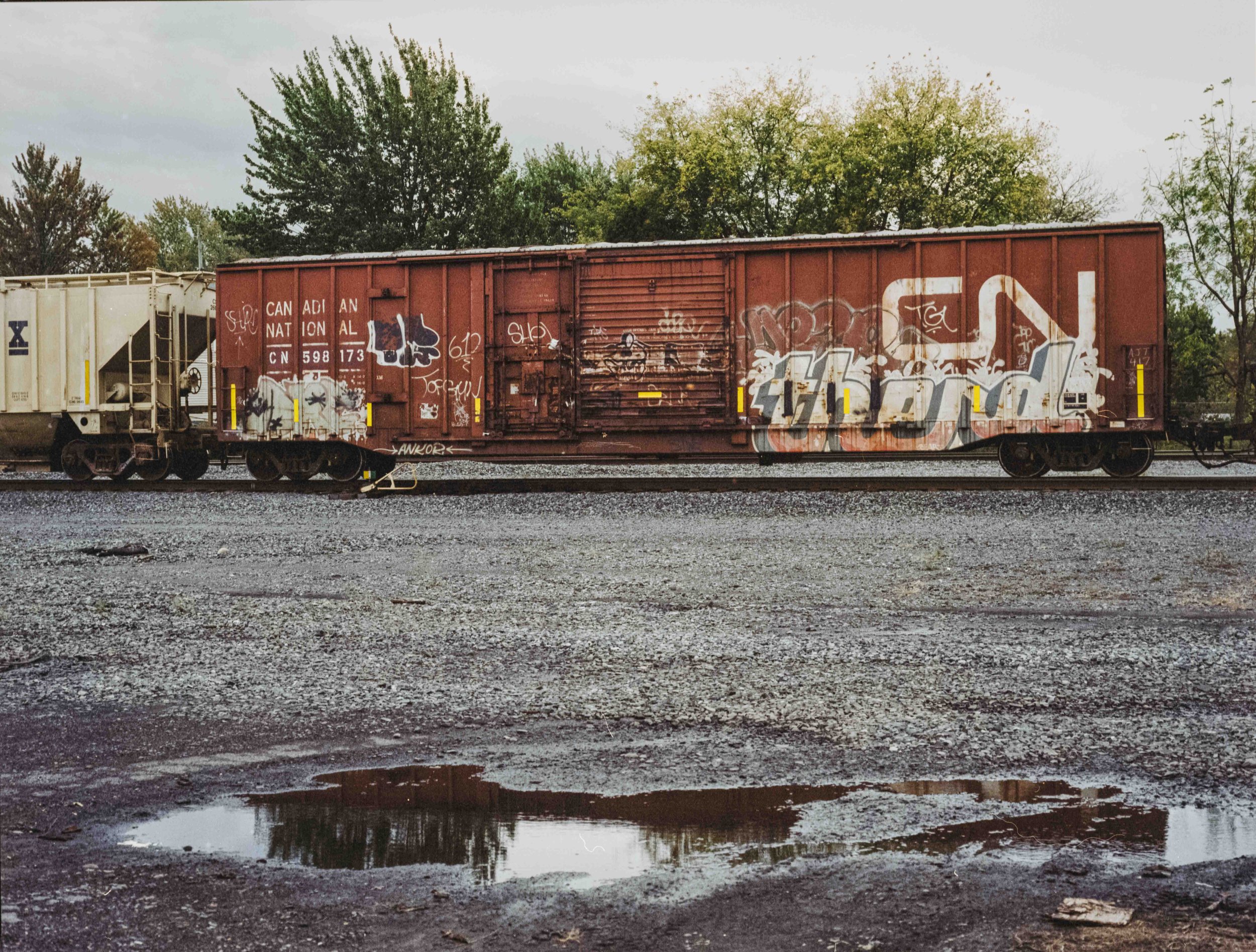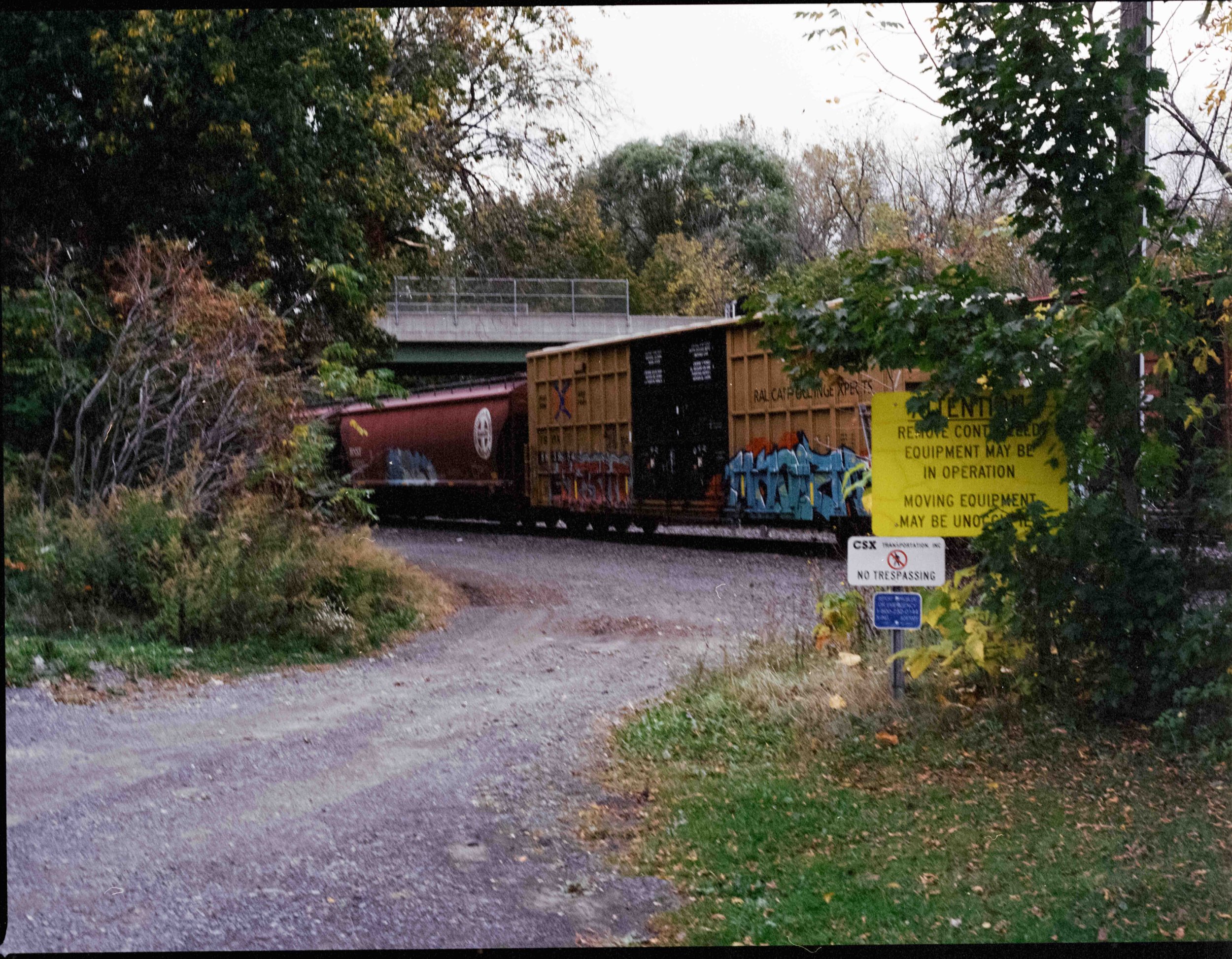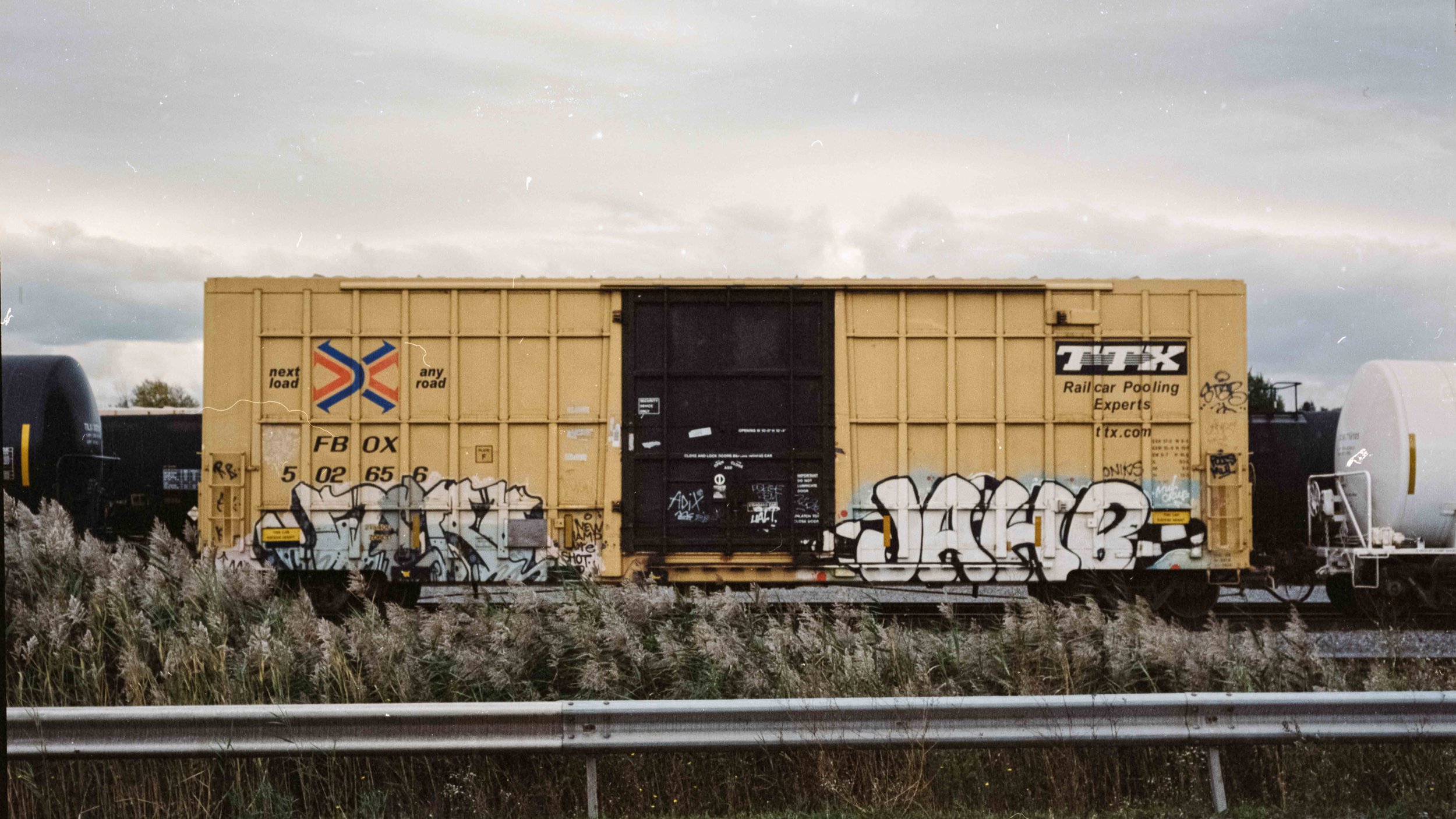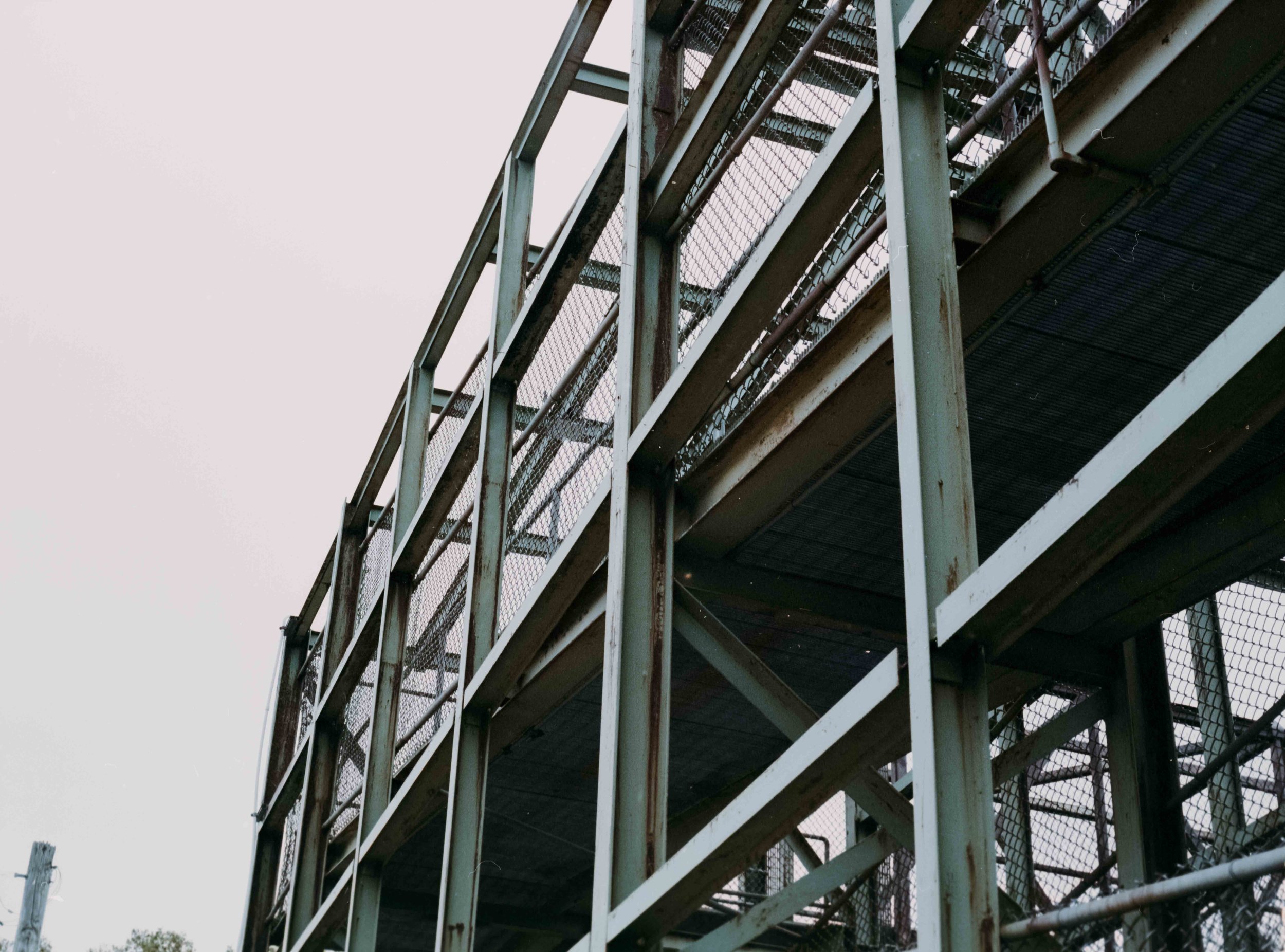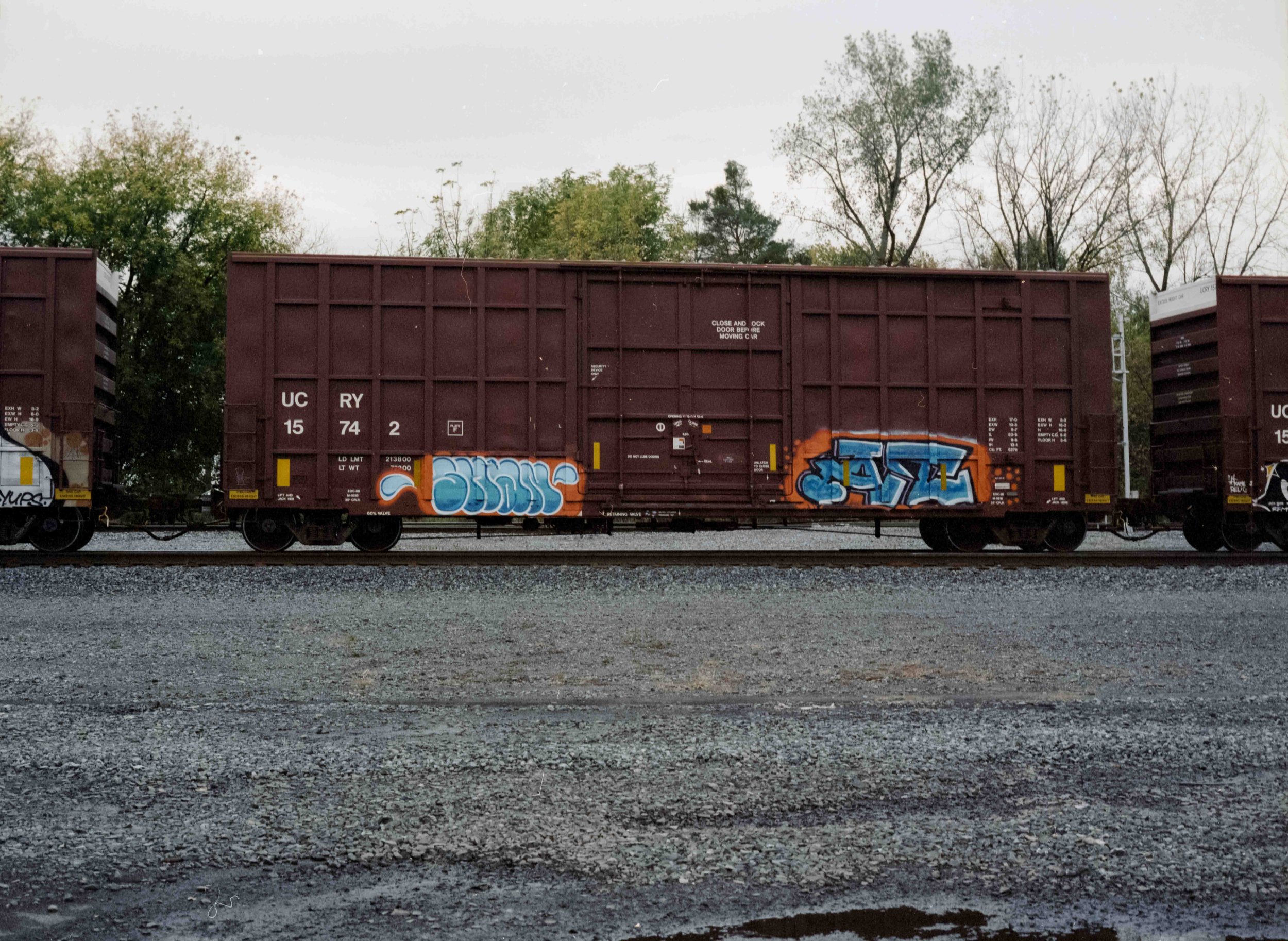Gear Review: The Mamiya M645
My first exposure to medium format photography was about a decade ago at this point. Back in college I took a series of Studio Photography classes that required use of a Hassleblad 501C. My school had recently moved on to a full digital back system with a used PhaseOne back, where they previously used film. One day I will have that camera again, but what that experience opened up for me is how amazing medium format photography is. I’m the type of person that needs to be hands on to fully learn something.
As of writing this post, I’ve had one of my most productive years in the study of my photographic journey. To celebrate that, I purchased the Mamiya M645, longing for the level of detail I was once able to get back on the Hassleblad 501C. Why the Mamiya M645? To put it simply; Cost. While many cameras in the medium format space are going for $400 and up, I was able to find a nice bundle with the body, a 85mm f/4 lens (about a 50mm in 35mm photography equivalent) and a grip with shutter release for about $250 on Etsy, so that sounded like a better deal to me personally. On top of that, I like the idea of a 6cm x 4.5cm dimensions to maximize the number of frames on a roll of 120 film for a total of 15 frames.
With a price point that low, even compared to other postings of the same model, I was a bit skeptical. Something must be wrong with it. Although it wasn’t “perfect”, I’m glad to say, I think I came out ahead. The only issues with the camera I’ve noticed so far is the foam light seals on the camera were deteriorating badly. The become sludge to the touch and they chip off onto the mirror and the focus screen. With a little bit of elbow grease, I think I was able to remove most of the old foam. The focus screen is a little scratched, but I have seen some replacements floating around online I can pick up. The condition of the camera other wise looks very well kept in my opinion, very minimal paint scrapes or signs of any metal corrosion. Going off the production date of the camera, my model is from around 1987, which is the last production year for this specific generational model (Generation One). Not too shabby for a 30+ old camera.
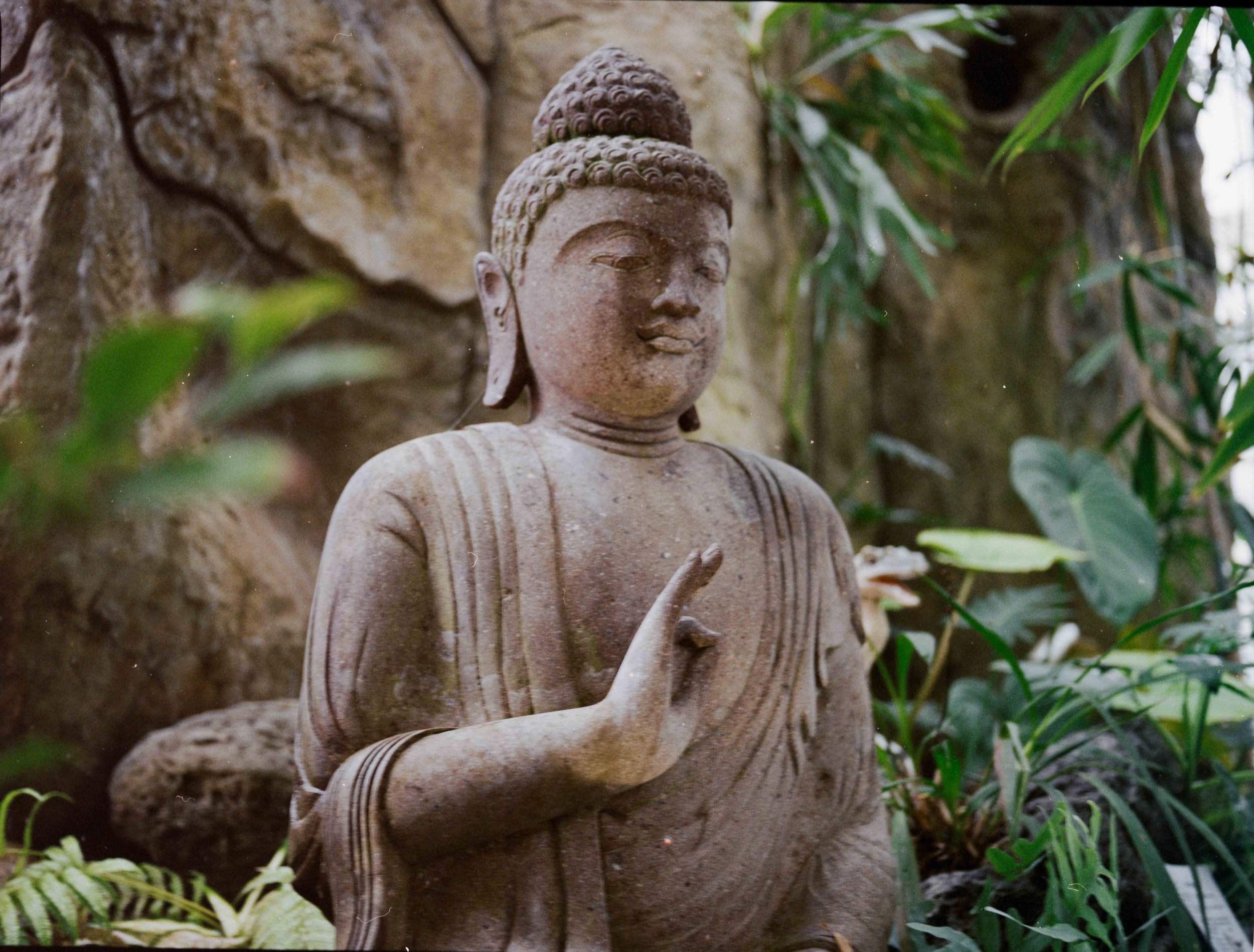
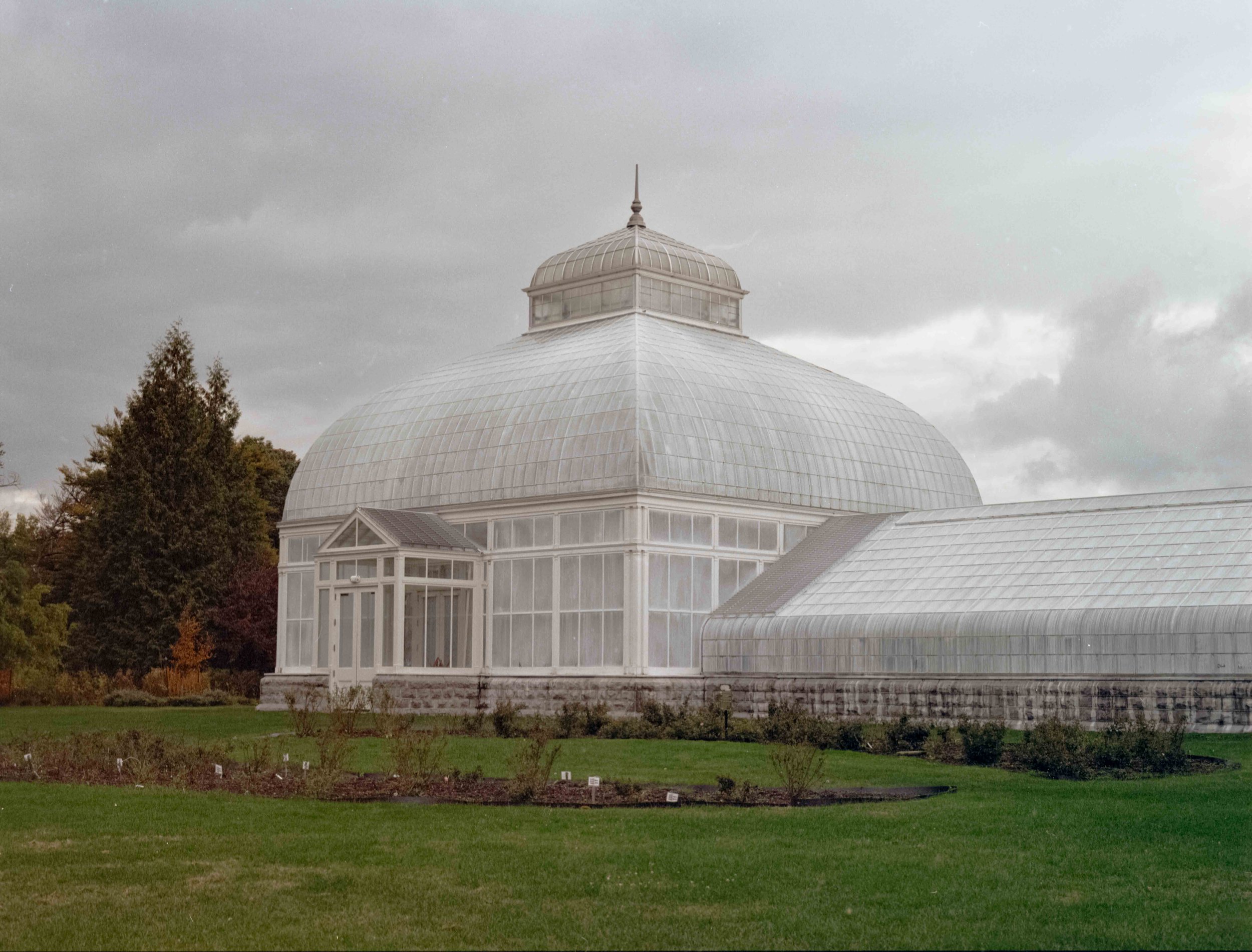
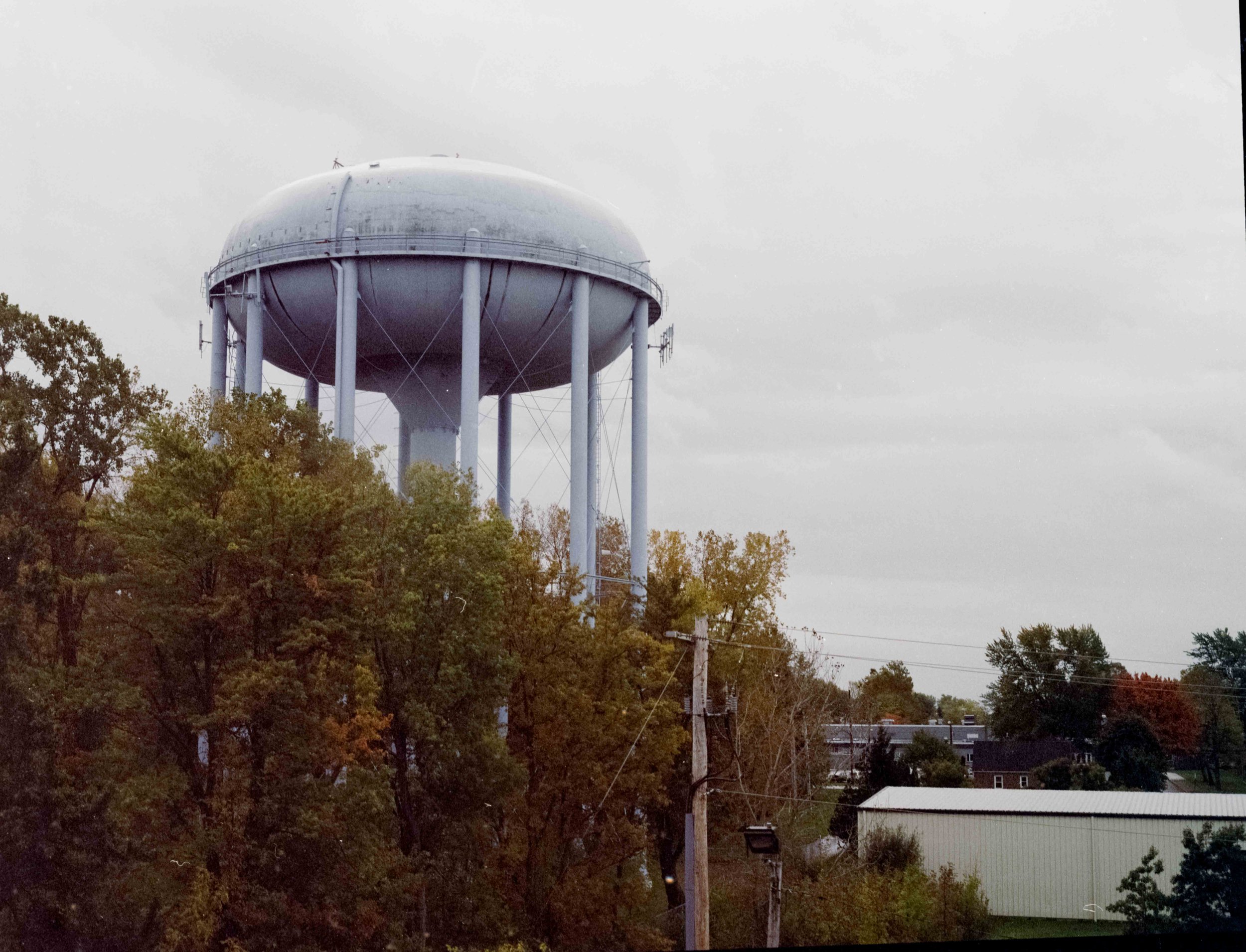
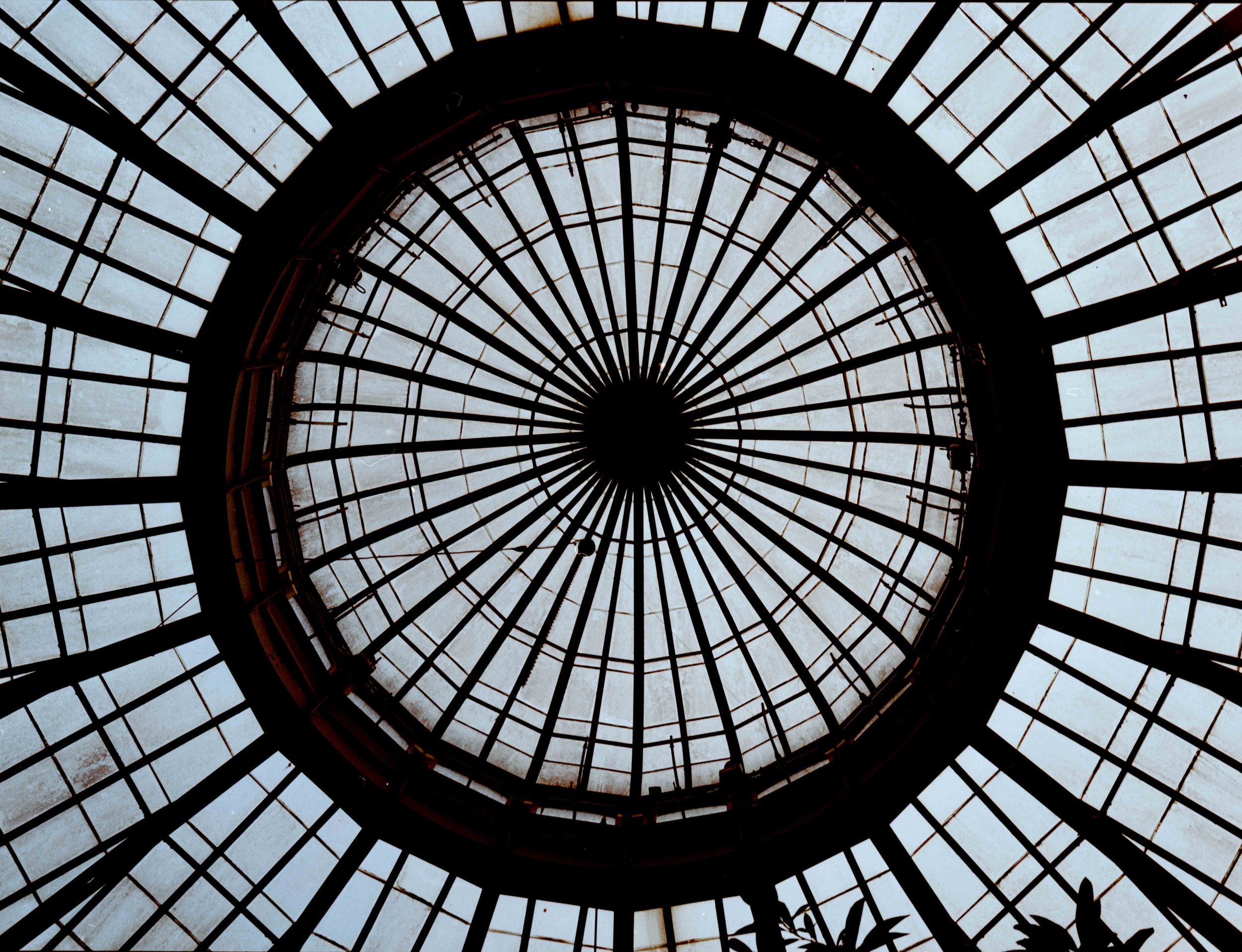
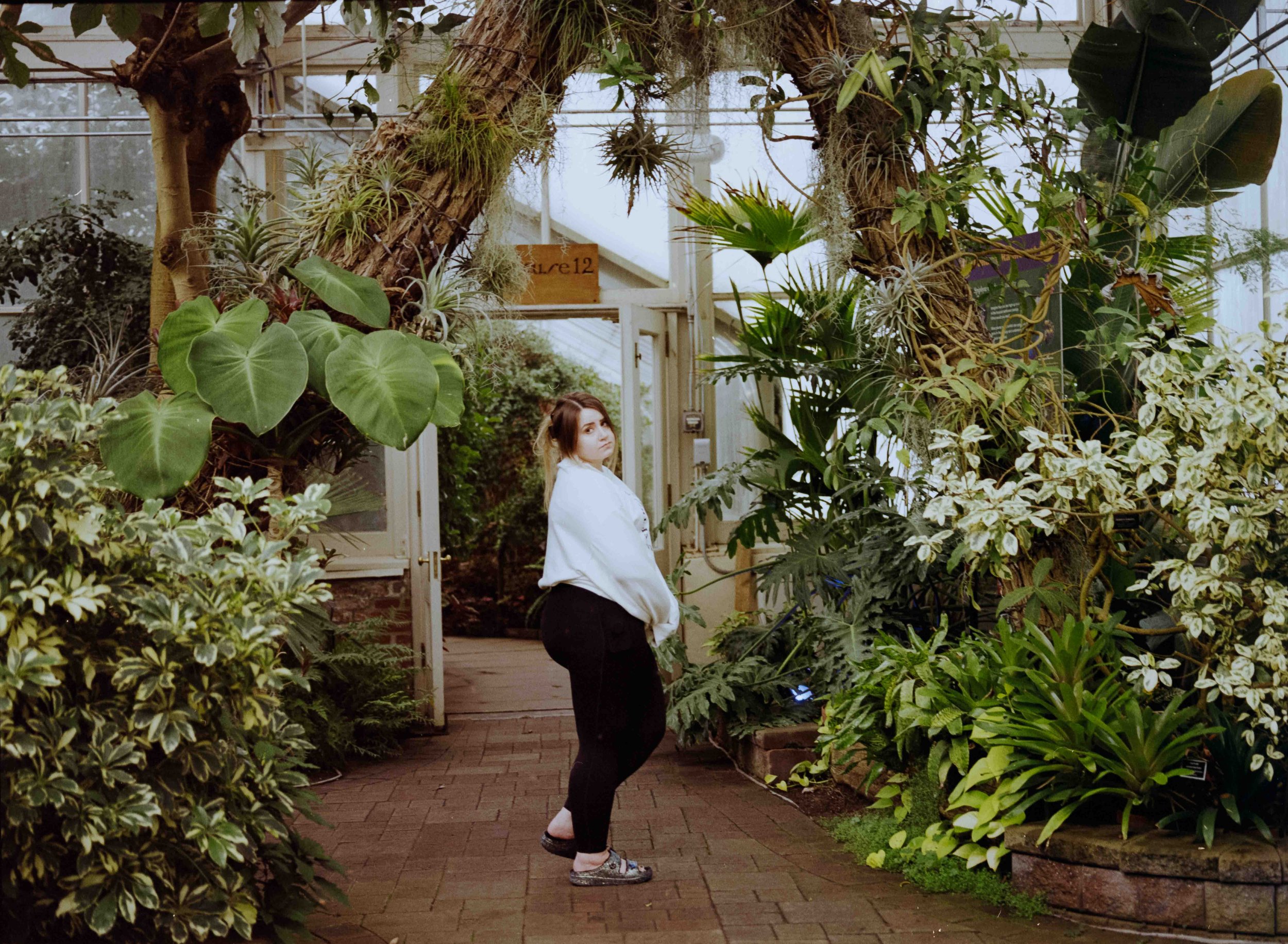

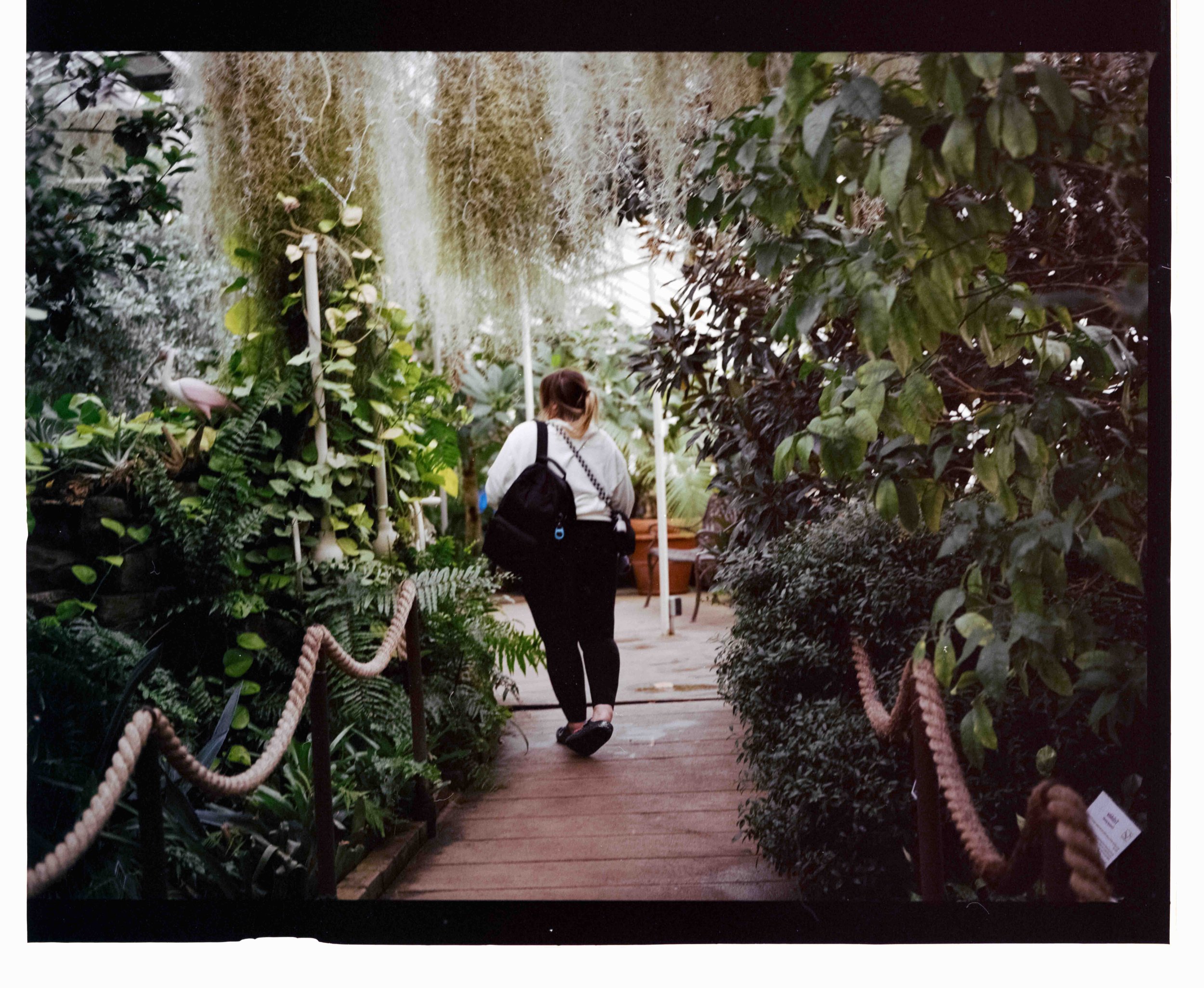
I’m really enjoying my time with this camera so far, but I am having some growing pains to be perfectly honest. I’m so used to having access to gear with faster shutter speeds and lenses with f-stops that go as low as f/1.8. Not to mention the sheer size of the mirror being so much larger then I’m used to, I’m struggling to get perfect settings while keeping perfect exposure and keeping control over any unwanted blur, weather it’s motion blur, camera shake, or the slap of the shutter. On top of all of that, I’ve shoot about 4-5 rolls of film at this point but I’ve also misloaded the film multiple times and I’m struggling on remembering how to reload correctly mid-shoot. I think I’ve finally got it down, but it is very disappointing to think about the shots that could have been. If I wanted to be flexible and a perfectionist, I should have shot digital though, right? This experience has really come to a head for me in terms of feeling like a rookie again. It’s frustrating but I also know how rewarding it will be when I finally nail it and is a great reminder on the importance perseverance being dedicated to learning from your errors.
In the face of challenges posed by the Mamiya M645, I've come to appreciate that these hurdles serve as the crucible for my evolution as a photographer. While the Mamiya demands a steep learning curve, its intricacies become the very essence of my growth. The nostalgia of anticipating a reunion with the Hasselblad lingers, promising an experience that intertwines echoes of the past with my present exploration. Amidst the frustrations and genuine rookie moments, each mistake transforms into a stepping stone toward mastery. Navigating the nuances of the Mamiya system is a reminder that the pursuit of perfection is a journey, not a sprint—a journey where every error imparts a lesson, and every triumph, no matter how modest, becomes a celebration. Here's to the gratifying pursuit of capturing the perfect frame, one click at a time.
Until Next Time.


